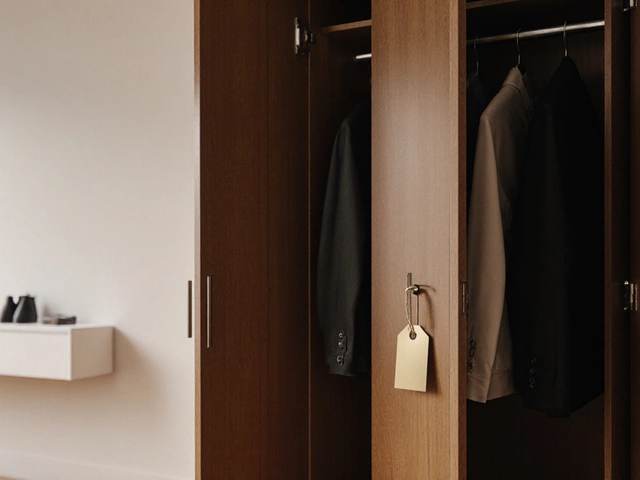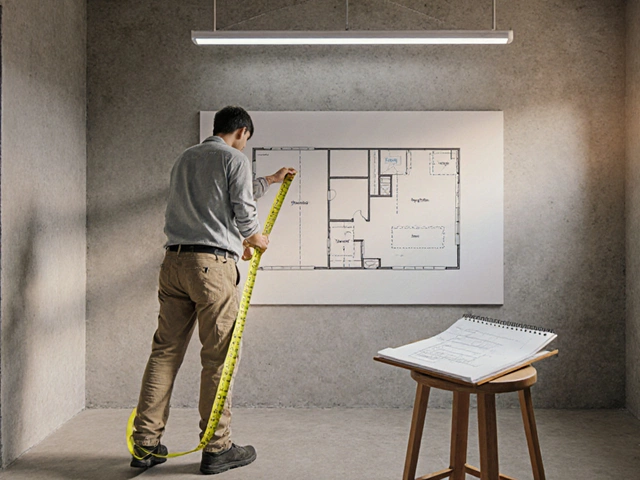Sitting Solutions: Choose the Right Seat for Every Space
When you think about a room, the first thing that matters is where people will sit. A good seat does more than look nice – it keeps you comfortable, supports good posture, and lasts a long time. Below are the key things to check before you buy a chair, sofa or any other sitting piece.
How to Pick a Chair That Works
Start with the purpose. If the chair is for a classroom or office, look for adjustable height, a sturdy base and a back that follows the natural curve of the spine. For a living room armchair, comfort comes from a plush cushion and a supportive frame. Test the seat depth – your hips should touch the backrest while leaving a few inches between the front edge and your knees.
Material matters too. Wooden legs are sturdy but can be noisy on hard floors; metal frames are lightweight but may dent. Upholstery should be breathable – mesh or fabric are good for long‑hour sitting, while leather feels premium but can get hot.
Sofa and Couch Buying Made Simple
The frame is the soul of a sofa. Kiln‑dried hardwood or steel gives the best durability. Check the joinery – dowels, screws or corner blocks hold better than cheap staples. Next, the springs or webbing that support the cushions. Pocket springs offer even weight distribution, while foam cores are lighter and easier to move.
Fabric choices impact both look and lifespan. Dark, textured fabrics hide stains better in busy homes, while lighter colours show wear faster. If kids or pets are around, pick a stain‑resistant finish or removable covers that you can wash.
Size is another quick win. Measure the wall length, leave at least a foot of walking space in front, and consider door clearance. A sectional can fill a corner but may block traffic flow if it’s too big.
Finally, set a budget and stick to it. The cheapest options often cut corners on the frame, which leads to sagging after a few months. Mid‑range pieces give a good balance of quality and price – you get a solid frame, decent cushioning, and a fabric that lasts.
Whether you’re outfitting a school classroom, a home office, or a family lounge, the same principles apply: purpose, support, material and size. By checking these points, you avoid buyer’s remorse and end up with a seat that feels right every day.
Need a quick tip? When you sit, your feet should rest flat on the floor and your knees stay at a right angle. If they don’t, adjust the chair height or add a footrest. Small changes make a huge difference in comfort and focus.
In short, good sitting furniture is an investment in health and productivity. Look for a solid frame, ergonomic features, durable fabric and the right size for your space. Follow these basics and you’ll pick a seat that works today and tomorrow.





